The capacity to create psychic representations is now understood to be a developmental achievement. Without it, meaning cannot be ascertained and this can lead to “psychic voids” and “unrepresented states”, which can contribute to the development of autism and autistic spectrum disorders (ASD). Unrepresented states are also implicated and encountered in other, non-autistic, non-neurotic conditions, such as psychosomatic disorders, addictions, perversions, and primitive character disorders. The affects that unrepresented states produce or are associated with are often those of terror, emptiness, annihilation and despair.
The organisation of the psyche consists of psychotic – i.e. unstructured – as well as neurotic parts of the mind; unintegrated as well as integrated areas; and unrepresented areas with little meaning as well as represented states consisting of specific ideas imbued with affect. Given this organisation, we should expect to find both an unstructured and a dynamic unconscious in all patients. This implies that, to some degree, unrepresented and unintegrated states are universal and will exist and be encountered in all of us. Consequently, the opportunities and challenges presented by the understanding and treatment of autism and ASD, where the unrepresented and its consequences (e.g. defensive organisations employed to protect against annihilation anxiety and catastrophic dread) can be encountered may offer us metaphors and clues relevant to aspects of the treatment of all patients, no matter what their dominant diagnoses may be.
Packed with theory and helpful case studies, this carefully edited collection from an international array of experts in the field is essential reading for all practising clinicians.


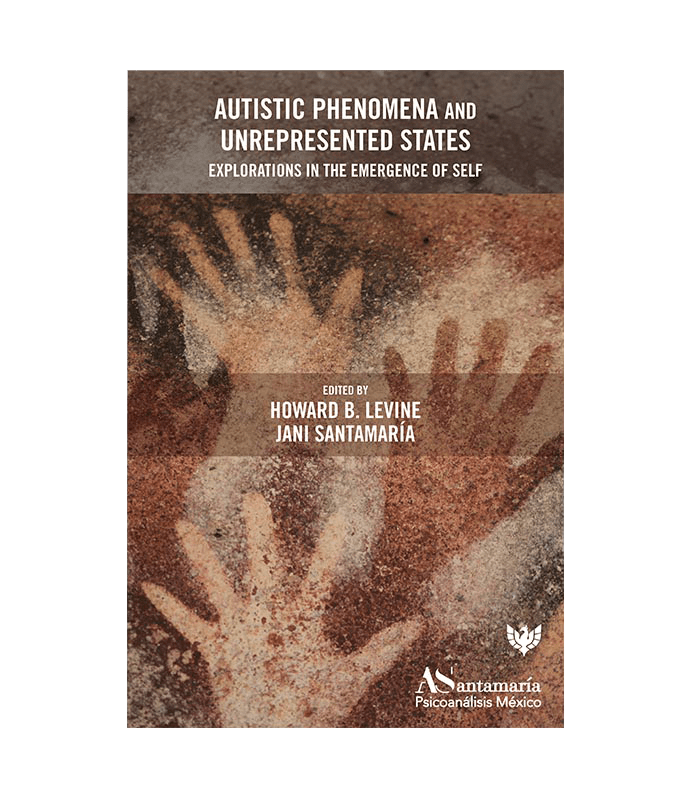
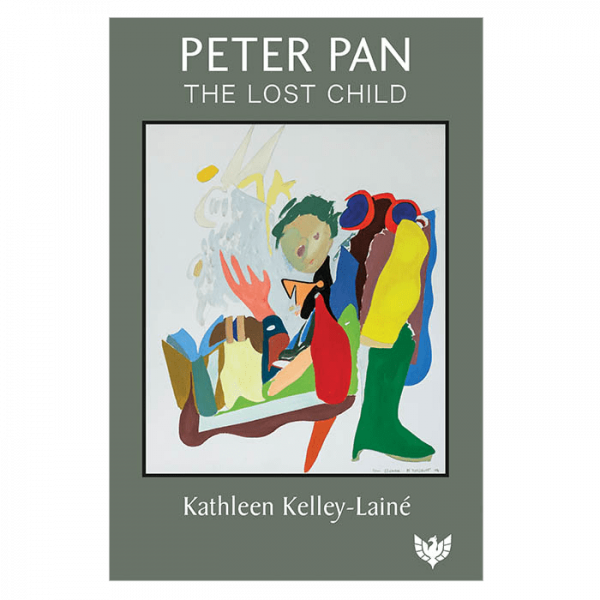
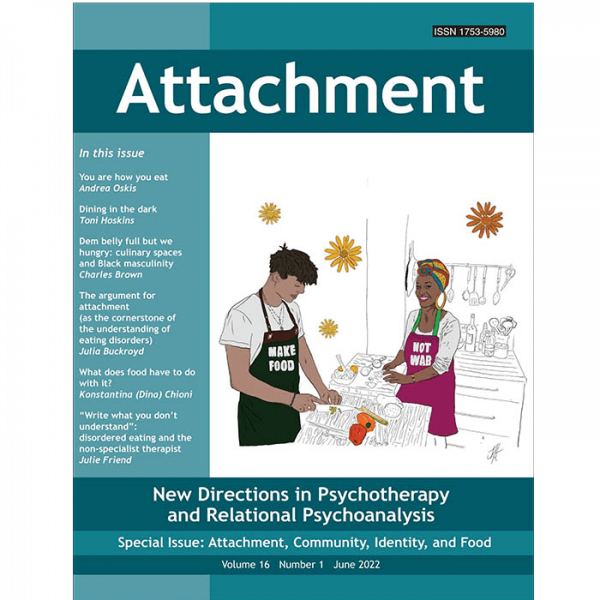
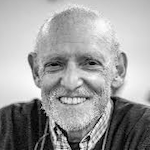 Howard B. Levine is a member of APSA, PINE, the Contemporary Freudian Society, on the faculty of the NYU Post-Doc Contemporary Freudian track, on the editorial board of the International Journal of Psychoanalysis and Psychoanalytic Inquiry, editor-in-chief of the Routledge Wilfred Bion Studies Book Series, and in private practice in Brookline, Massachusetts. He has authored many articles, book chapters, and reviews on psychoanalytic process and technique and the treatment of primitive personality disorders. His co-edited books include Unrepresented States and the Construction of Meaning (Karnac, 2013); On Freud’s Screen Memories (Karnac, 2014); The Wilfred Bion Tradition (Karnac 2016); Bion in Brazil (Karnac, 2017), and Andre Green Revisited: Representation and the Work of the Negative (Karnac, 2018). He is the author of Transformations de l’Irreprésentable (Ithaque, 2019) and the forthcoming Between the Silence and the Cry (Routledge).
Howard B. Levine is a member of APSA, PINE, the Contemporary Freudian Society, on the faculty of the NYU Post-Doc Contemporary Freudian track, on the editorial board of the International Journal of Psychoanalysis and Psychoanalytic Inquiry, editor-in-chief of the Routledge Wilfred Bion Studies Book Series, and in private practice in Brookline, Massachusetts. He has authored many articles, book chapters, and reviews on psychoanalytic process and technique and the treatment of primitive personality disorders. His co-edited books include Unrepresented States and the Construction of Meaning (Karnac, 2013); On Freud’s Screen Memories (Karnac, 2014); The Wilfred Bion Tradition (Karnac 2016); Bion in Brazil (Karnac, 2017), and Andre Green Revisited: Representation and the Work of the Negative (Karnac, 2018). He is the author of Transformations de l’Irreprésentable (Ithaque, 2019) and the forthcoming Between the Silence and the Cry (Routledge).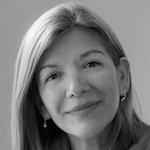 Jani Santamaría is a Training Analyst and Supervisor of Child and Adolescents of the Mexican Psychoanalytic Association (APM); Latin American Board Member of the International Psychoanalytical Association (IPA ) 2019-2023; Director of the A. Santamaría Psicoanálisis México A. C. Educational Association; Chair of the International Bion Conference Mexico City, 2022; Chair of the Latin-American Winnicott Congress, Mexico City, 2017; Former Director of Community and Culture for FEPAL (2016-2018); and a member of the International Advisory Committee: Routledge Bion Studies Book Series. She has a private practice of child and adult psychoanalysis in Mexico City and has authored many national and international articles, book chapters, and reviews.
Jani Santamaría is a Training Analyst and Supervisor of Child and Adolescents of the Mexican Psychoanalytic Association (APM); Latin American Board Member of the International Psychoanalytical Association (IPA ) 2019-2023; Director of the A. Santamaría Psicoanálisis México A. C. Educational Association; Chair of the International Bion Conference Mexico City, 2022; Chair of the Latin-American Winnicott Congress, Mexico City, 2017; Former Director of Community and Culture for FEPAL (2016-2018); and a member of the International Advisory Committee: Routledge Bion Studies Book Series. She has a private practice of child and adult psychoanalysis in Mexico City and has authored many national and international articles, book chapters, and reviews.
Avner Bergstein, Israel Psychoanalytic Society, author of Bion and Meltzer’s Expeditions into Unmapped Mental Life –
‘Howard Levine and Jani Santamaría have gathered a group of highly gifted and skilled clinicians who have delved into the depths of the most primitive anxieties, and have dwelt there long enough, with their patients, in order to find meaning in apparently unintelligible modes of living. The result is a sensitive, compelling book that reaches far beyond autistic states of mind, into the very core of the hidden and ineffable realms of human experience.’
Susan Reid, Consultant Child, Adolescent, and Adult Psychotherapist and founder of the Tavistock Autism and Clinical Research Workshop –
‘This is a deeply thoughtful, accessible account of developments in psychoanalytic thinking from Freud to the present day, richly elaborated in the chapters contributed by some of the leading thinkers in the field. However, this book is not only for those interested specifically in autism, as the exploration of adaptations of technique has relevance to all clinicians challenged by how to reach patients whose treatments do not conform to the expectations of classical analysis.’
Jack Novick, PhD, president elect of the Association for Child Psychoanalysis and author of Freedom to Choose –
‘In tribute to the creative and seminal work of Francis Tustin, this superbly edited book takes the reader into the new terrain of unrepresented states, autistic objects, black holes and many other phenomena particular to the non-neurotic patients now presenting to analysts. All clinicians, especially those working with children, will benefit from reading this book.’
Nick Campion, ‘Therapy Today’, 34:7, 2023 –
‘It was exciting to read about brand new ideas, concepts and insights, as well as enjoying the elegance of the prose that encapsulated the unique autistic experience of each case study and prised open its inner workings. […] I was left feeling great admiration for those doing this work and great hope for their clients.’
Alexandra Maeja Raicar Cunningham –
‘This rich and thought-full book has interesting but abstract and necessarily speculative descriptions of highly complex concepts. […] I found it helpful to have descriptions of actual clinical work carried out, with some positive references — as in chapter five above and in chapter seven below — to joint and brief therapies.’